Jardín de Afectos (Garden of Affections)Hector Pascual Gallo Portieles (1924 - 2020)
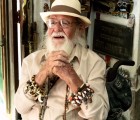
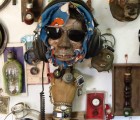
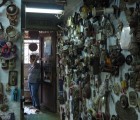
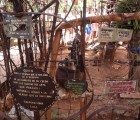
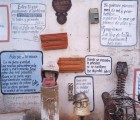
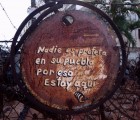
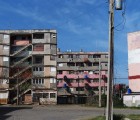
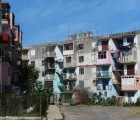
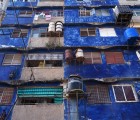
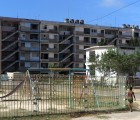
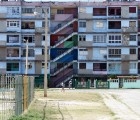
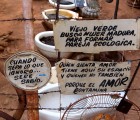
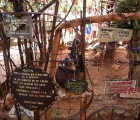
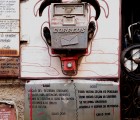
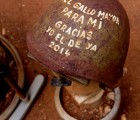
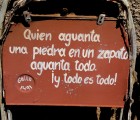
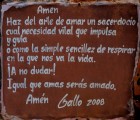
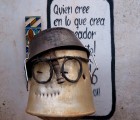
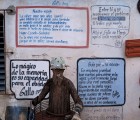

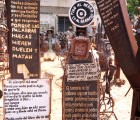
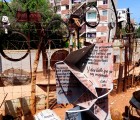
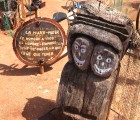
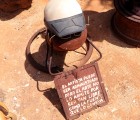
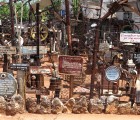
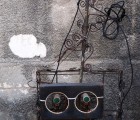
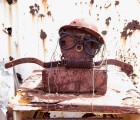

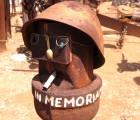
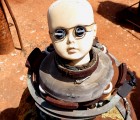
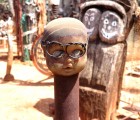
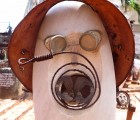
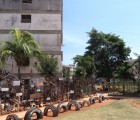
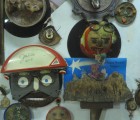
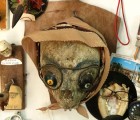

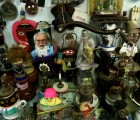
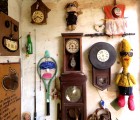
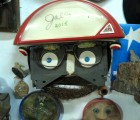
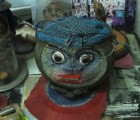
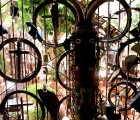
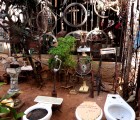



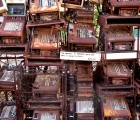
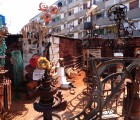

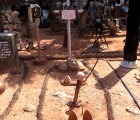
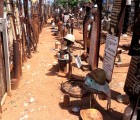
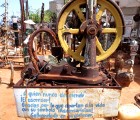
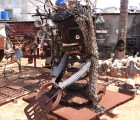

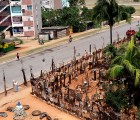
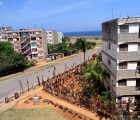
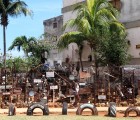
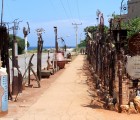
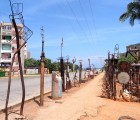
About the Artist/Site
Hector Pascual Gallo Portieles (known as Gallo) was born in 1924 in Campo Florido, Cuba. He settled in the Alamar neighborhood of Havana, near the sea, in an area where tourists rarely venture. This neighborhood is known for its 1970s-era blocks of buildings that had been constructed with Russian aid: it was intended that they would house 50,000 people and offer them all the comforts of the modern era. Today, however, some 120,000 people live here, under rather difficult material conditions in deteriorated buildings, with essential infrastructures either unfinished or not maintained. The Cubans call this area “Siberia.”
Gallo began his life as if in a novel. His father was in exile along with poet José Martí, and had been mayor of his village until the day in 1936 that political disputes required him to quit his job. This became a period of great economic uncertainty for the family, and it was felt strongly by Gallo, the youngest of their six children. He didn’t go to school and he became a barber. As a young man, he felt sympathy for the “bearded ones” of the Sierra Maestra, and this led him to become involved in actions supportive of the revolution. On December 19, 1960, Fidel Castro summoned him to ask him to become a diplomat and – at the same time – to use his position to gather information. (He tells, for example, how he was the first to obtain information about the 1961 Bay of Pigs invasion, after it was green-lighted by U.S. President John F. Kennedy.) He remained in this position for 31 years, and traveled to 27 countries during that time.
After his retirement, during the years of Cuba’s “special period” of great economic difficulties following the fall of the Soviet Union, Gallo no longer was able to earn enough to feed his family. During the summer of 1990, he left his large apartment in the center of Havana – where three generations had lived together – to settle with his wife Emilia and their children in two little apartments in a building in Alamar. Daily life had become so difficult for him that he considered suicide.
It was then that a battered car bumper, brought to him by a neighbor, gave him the idea to divorce it from its original function and give it new life as sculpture. It brought a new life to Gallo as well: he grew from being a broken man to one who exuded a sensation of living: creation became his driving force. Little by little, Gallo gathered recycled materials, deteriorated machines and appliances (televisions, calculators, and more); he stored them, he sorted them, and he began to create a garden of sculptures and installation that he named the Garden of Affections, to pay homage to love and optimism. He has populated this garden, adjacent to his apartment, with all kinds of installations that, in the minds of some viewers, reference tombs. Gallo has enhanced them with a multitude of personal aphorisms; examples include: “Here, everything that is done is according to what was expected, everything that is said is according to what is felt. One breathes liberty/breathe it in and breathe out its reverse – 2015” and “Long live equality that stands out differently.” One also finds many self-portrait sculptures that have often been reduced to a simple round form or are represented with a beard and teeth, enhanced with a pair of glasses.
On the interior of his small apartment, all of the walls are covered with objects and diverse assemblages, each with its own story. One also finds many self-portraits, either constructed from or interwoven with photographs. He has named this space the Galería de Afectos (Gallery of Affections).
Somewhat apart from the Jardín de Afectos, in a passageway known to and frequented by the locals, Gallo has prepared his tomb at the foot of a large tree from which emanates, for him, the life force of his affections, and around which he has installed his sculptures. Underneath a painted cross on the tree trunk, bearing the words “Faith, Love, Peace, and Respect,” he hopes that some of his ashes will be scattered here, “as long as no one objects.”
Since Emilia’s death in 2016, Gallo lives alone, assisted by neighbors and friends. With his beard and long hair, his bracelets and beads, at age 93 Gallo looks like a prophet. Although he is creating less these days, he receives curious visitors interested in his work with great pleasure, and when he speaks to them, it is with a warmth and tenderness that reflects his humanist philosophy of life.
~Hervé Couton
Translated by Jo Farb Hernández
Update: Hector Pascual Gallo Portieles passed away in May 2020.
Map & Site Information
La Havane, La Havane
cu
Latitude/Longitude: 23.17242 / -82.254256
Nearby Environments


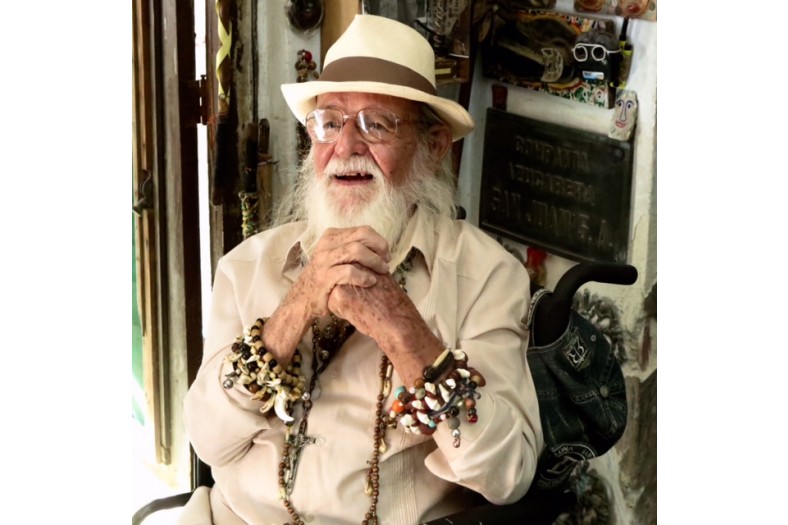
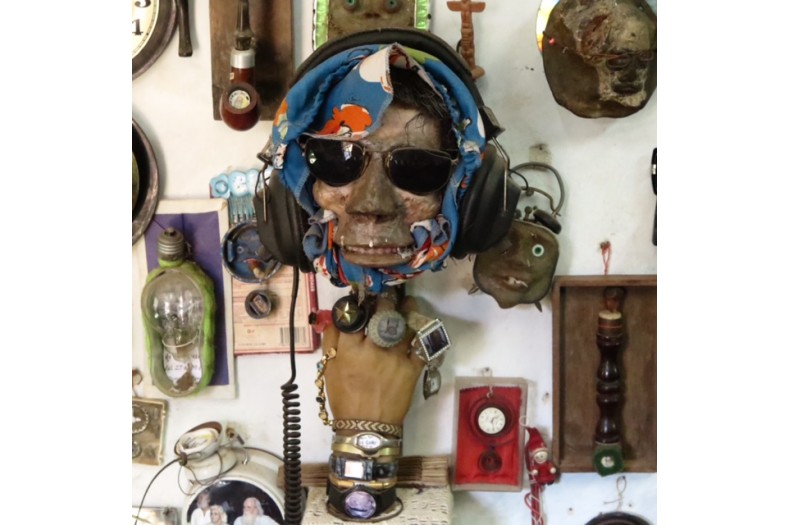
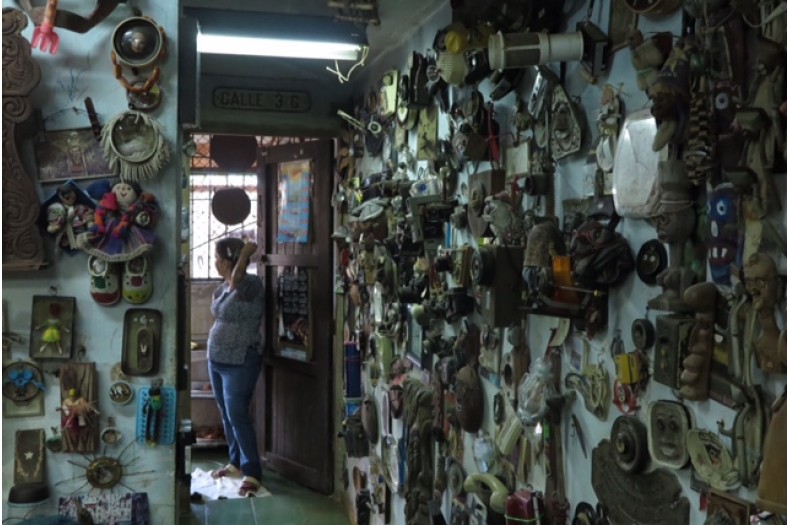
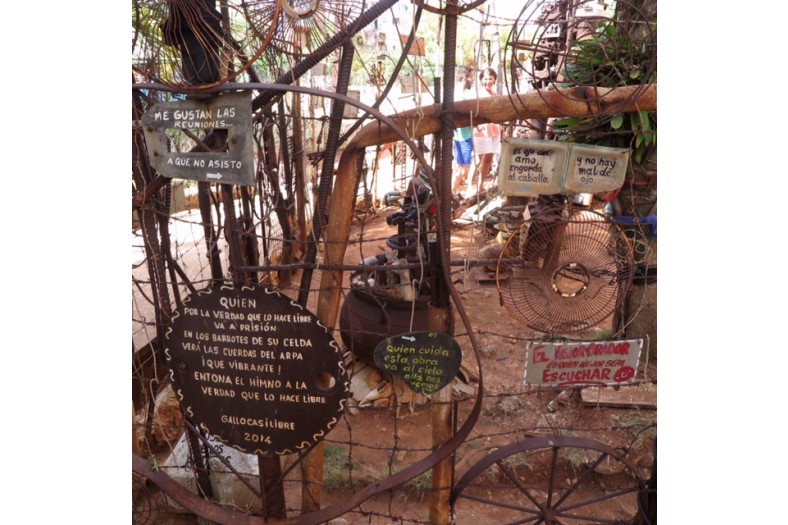
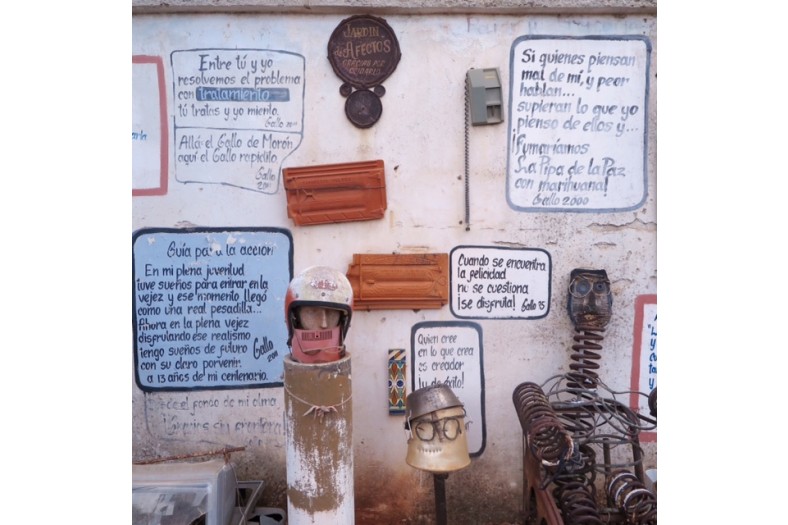
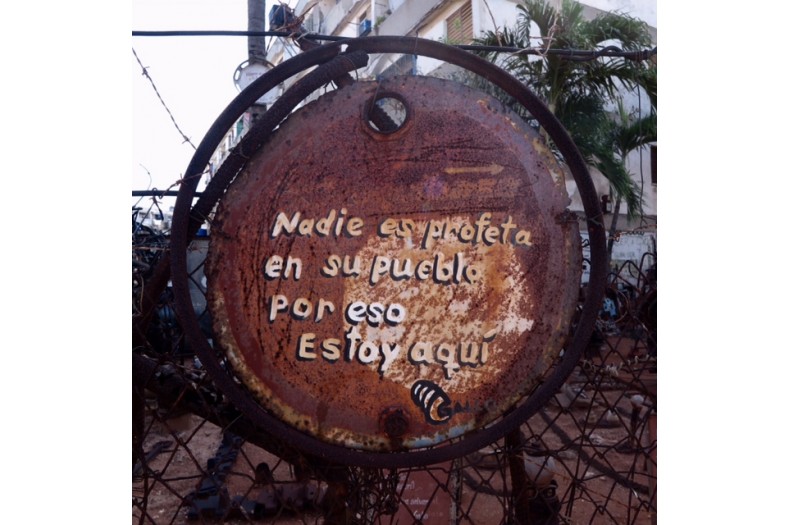
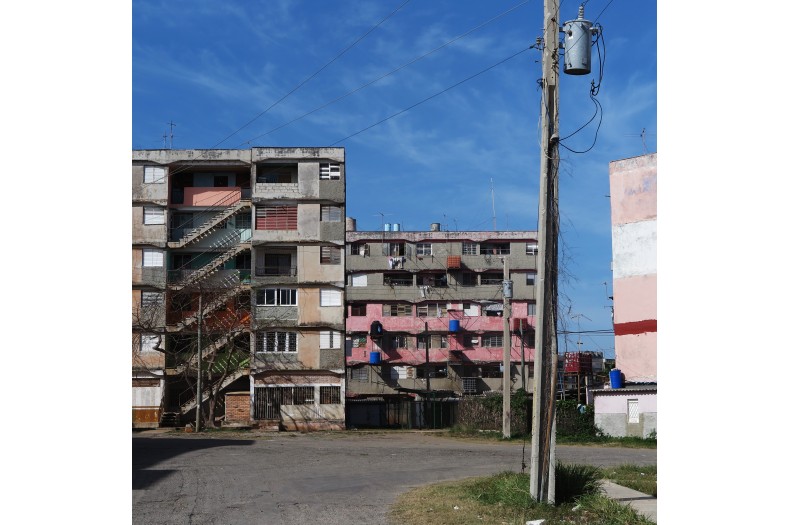
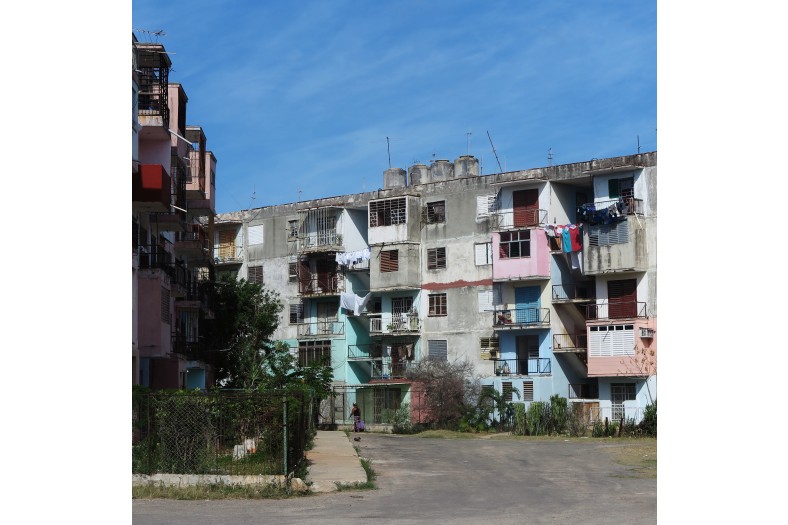
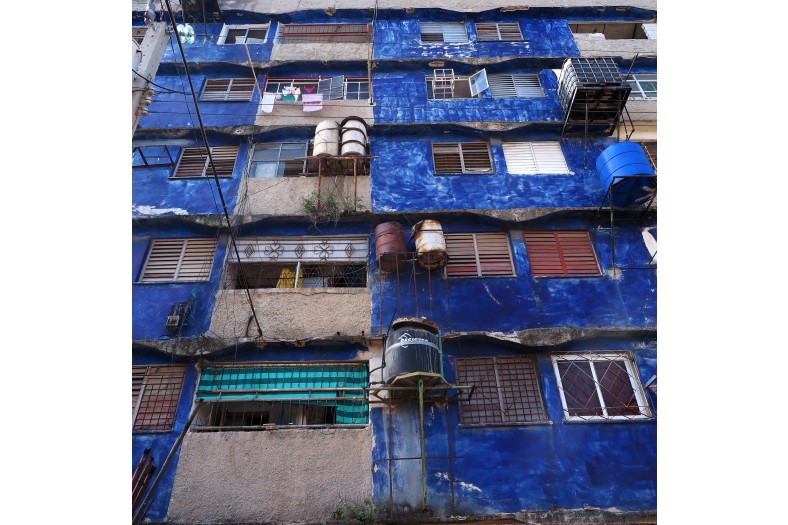
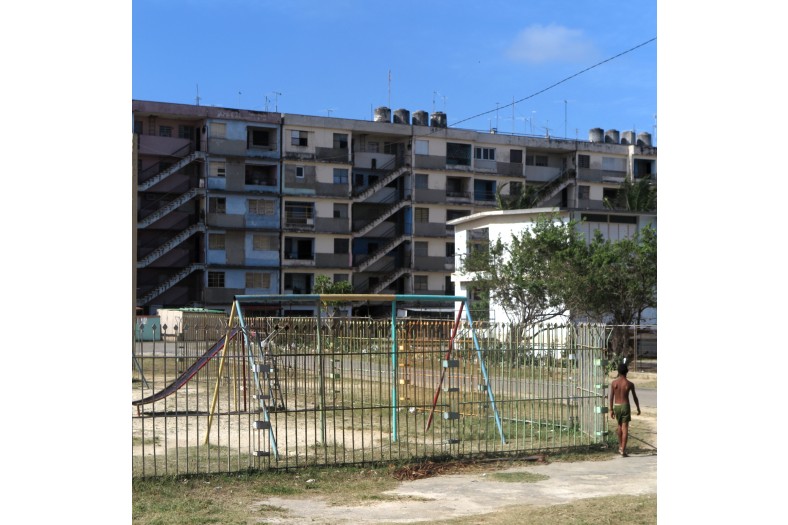
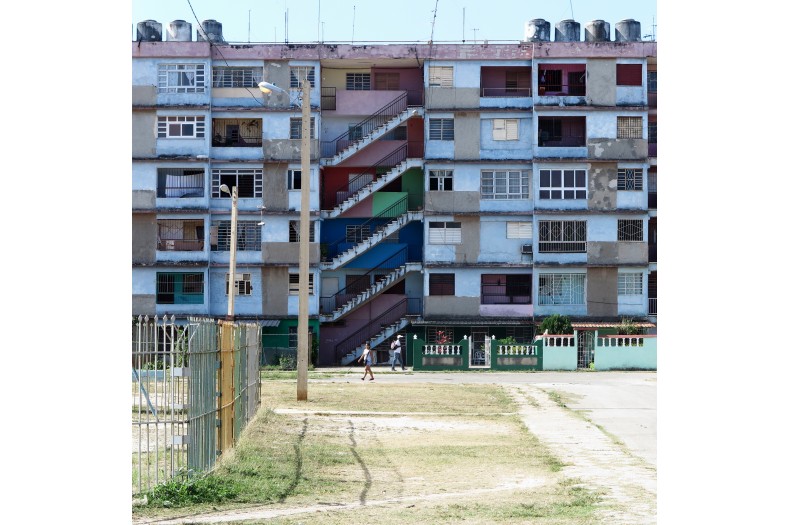
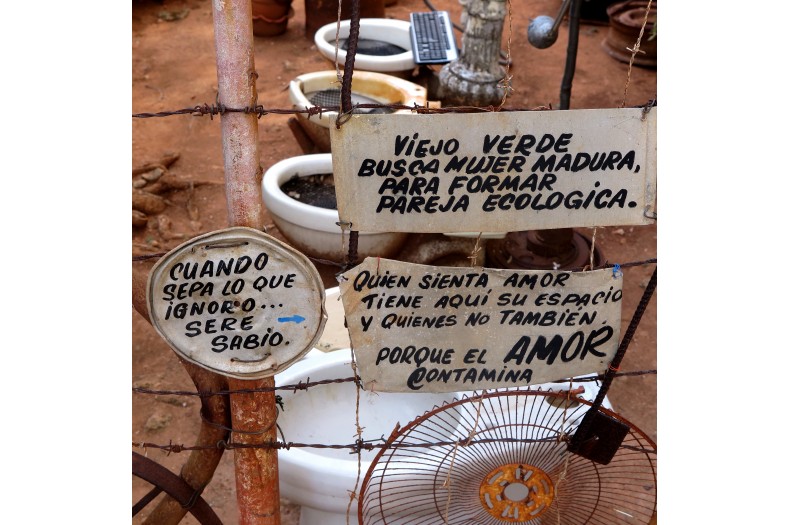
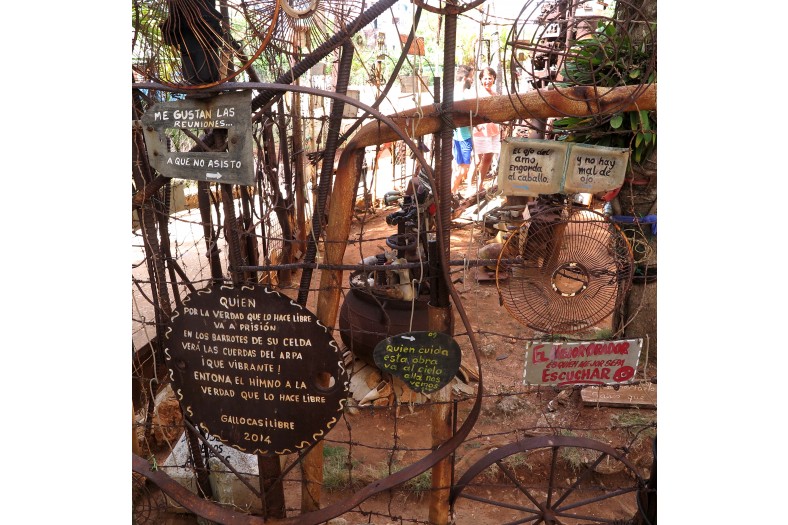

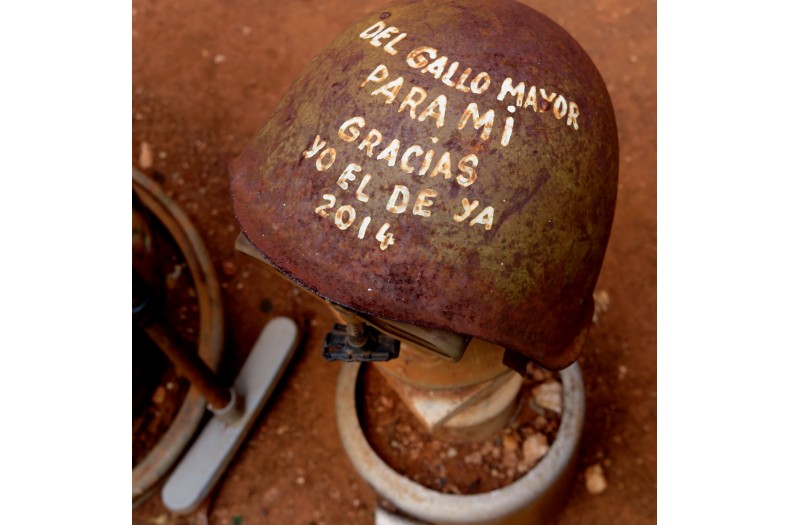
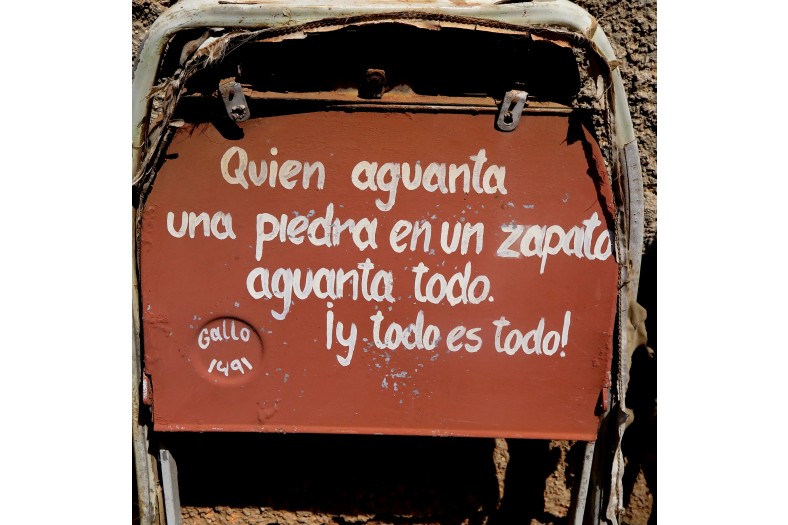
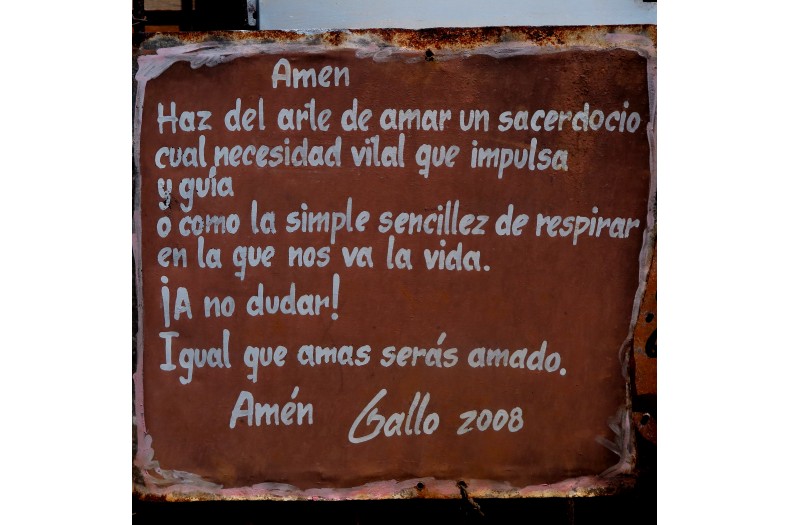

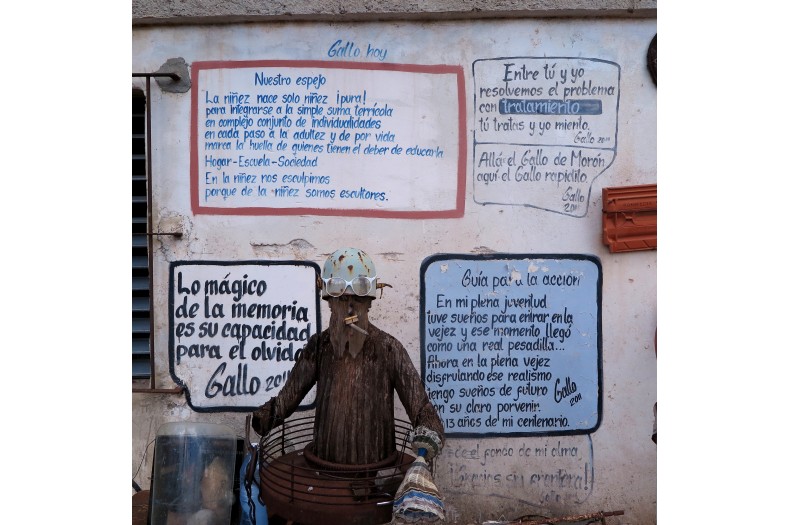
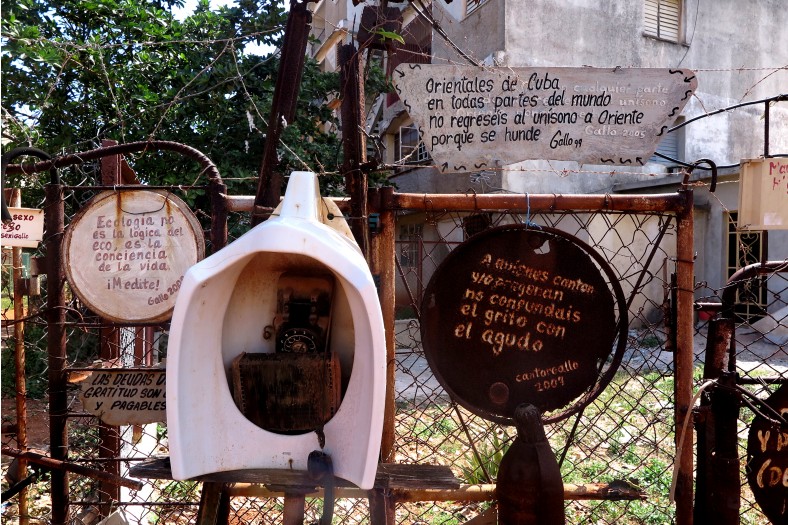
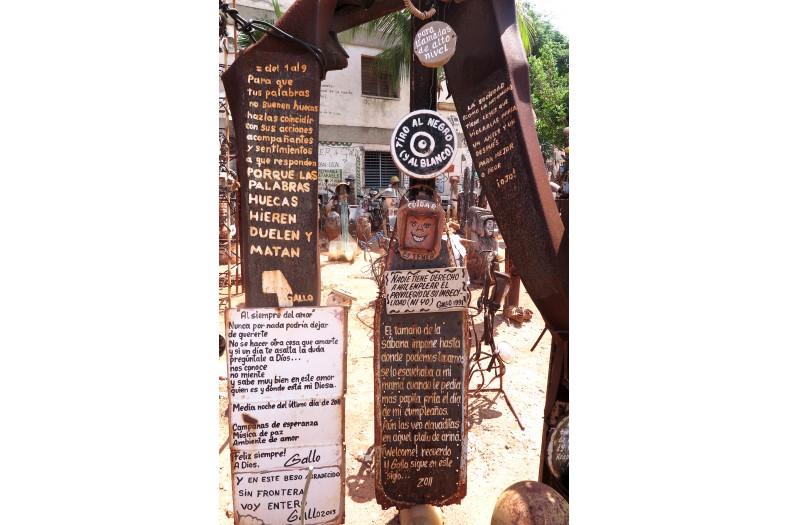
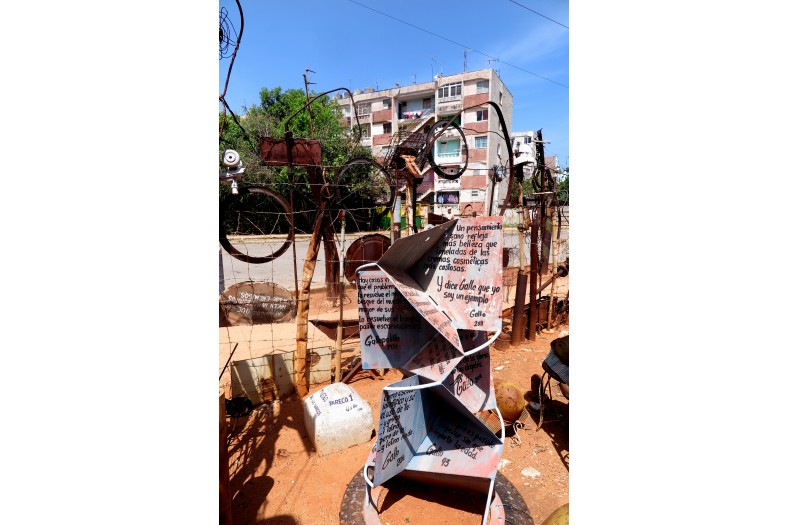
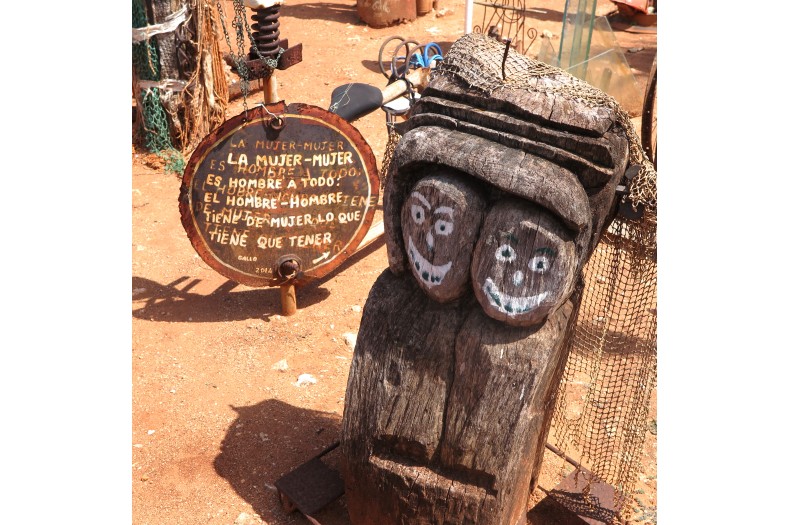
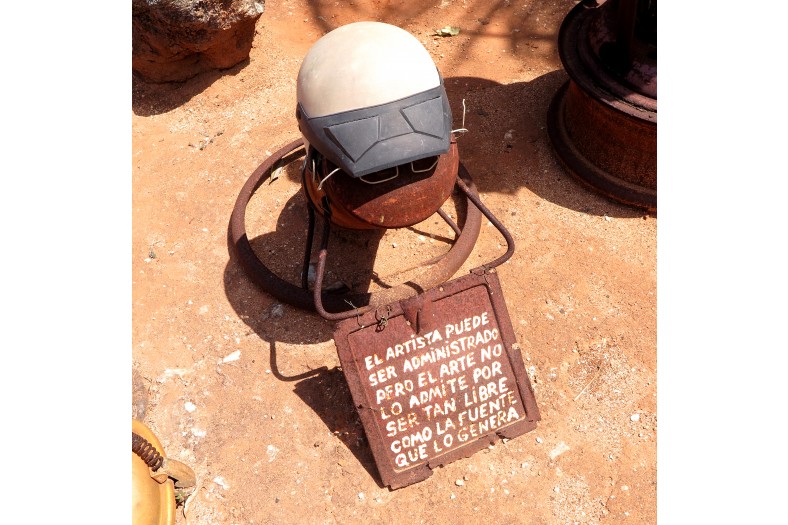
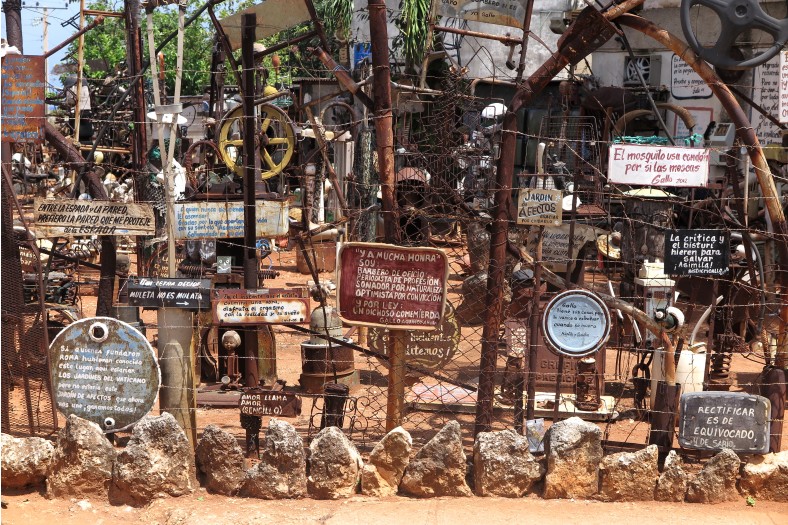
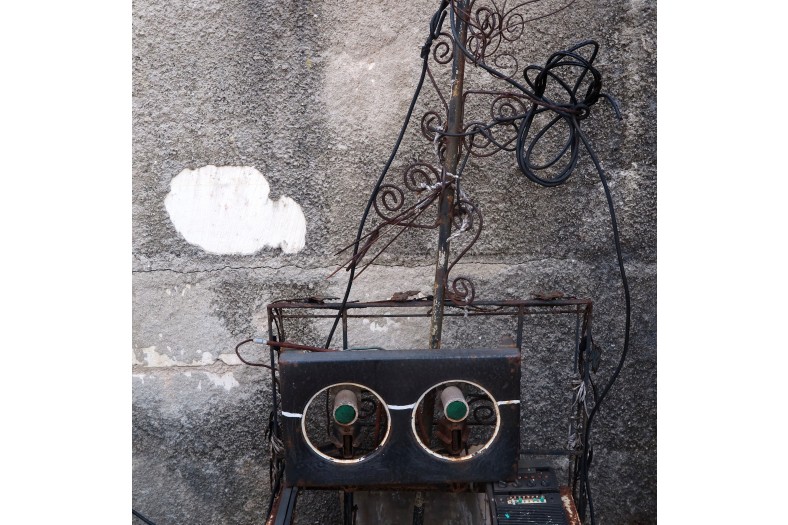
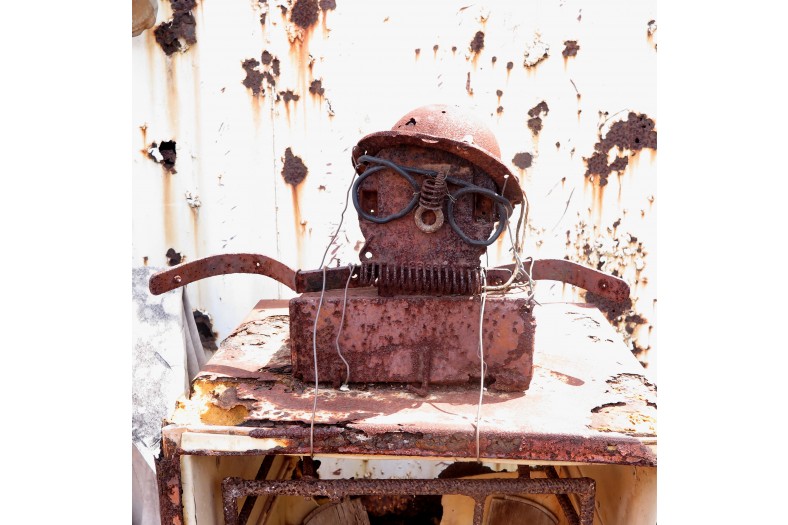
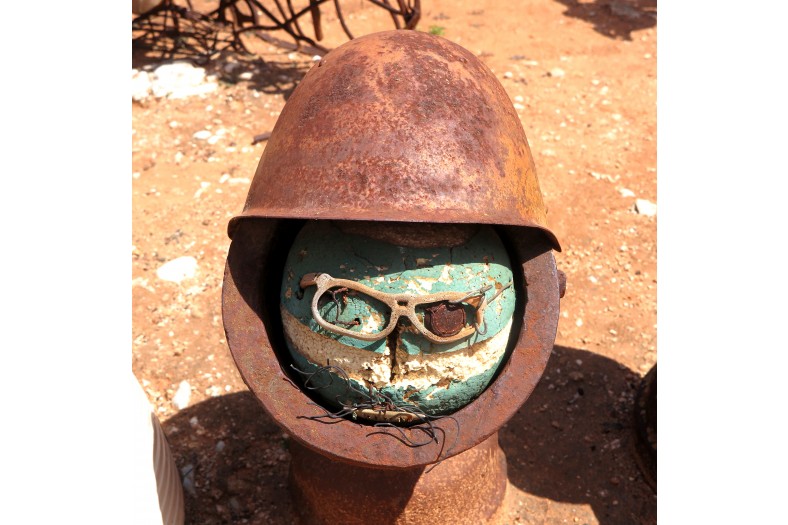
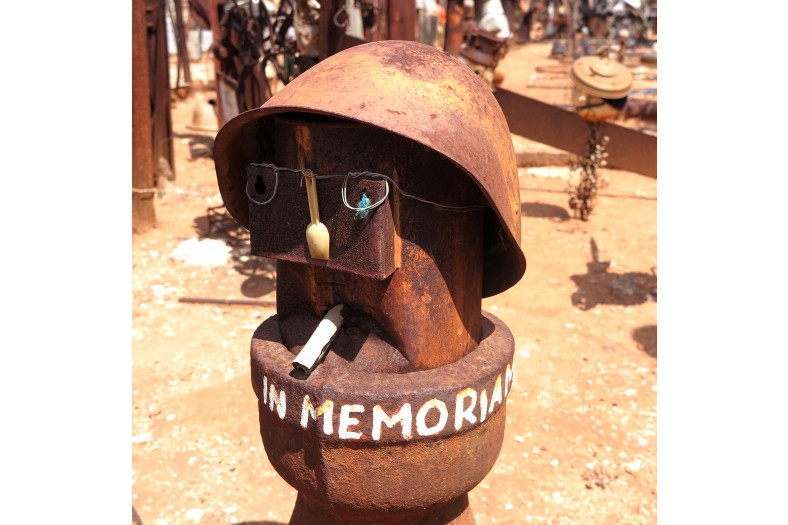
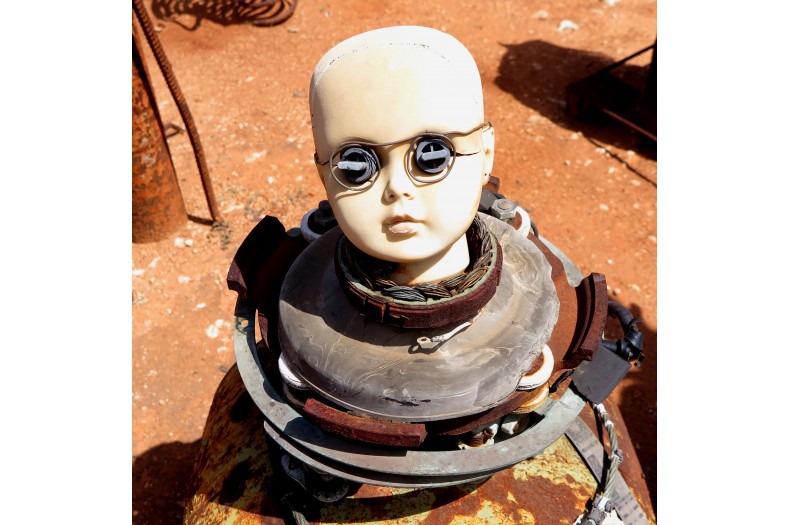
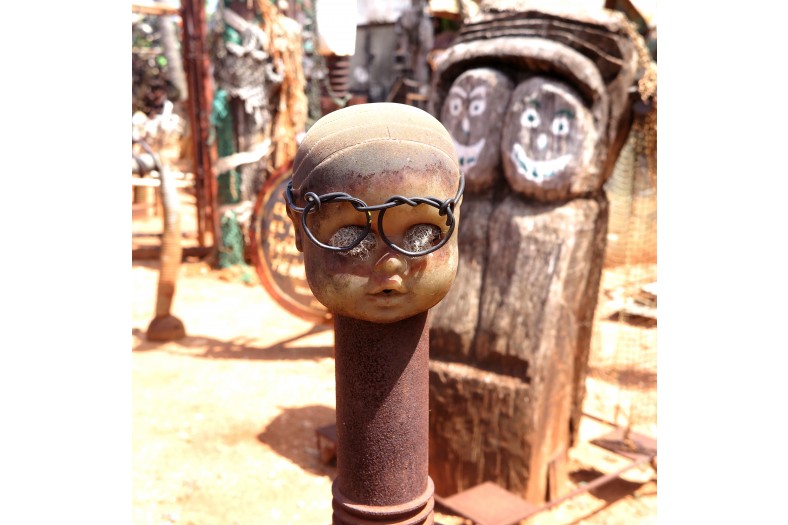
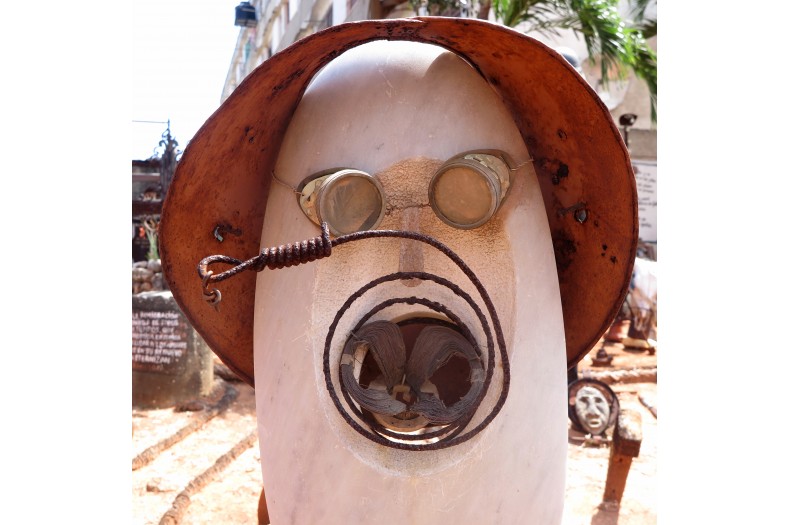
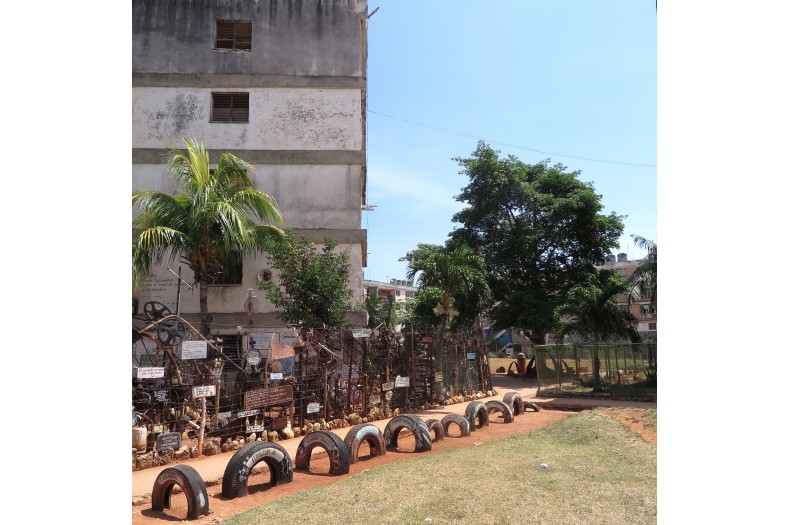


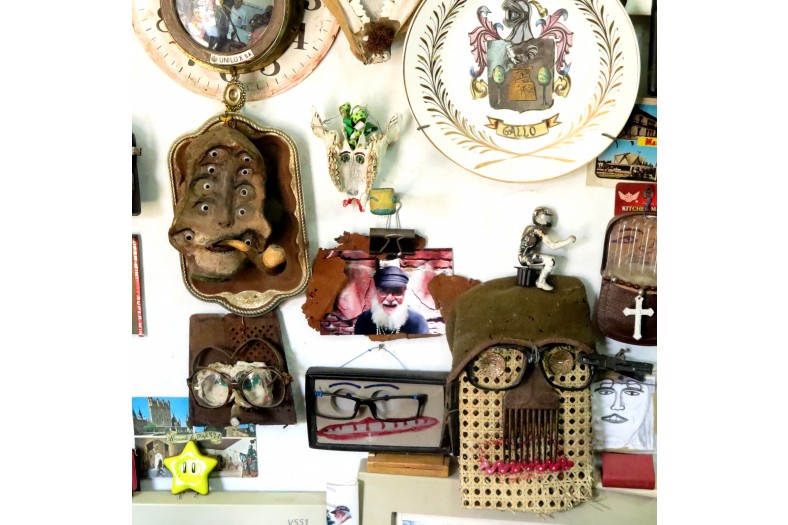
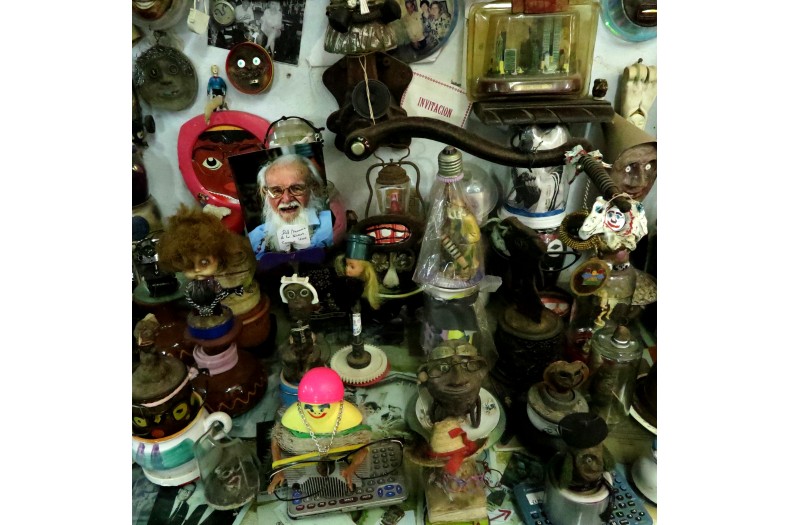
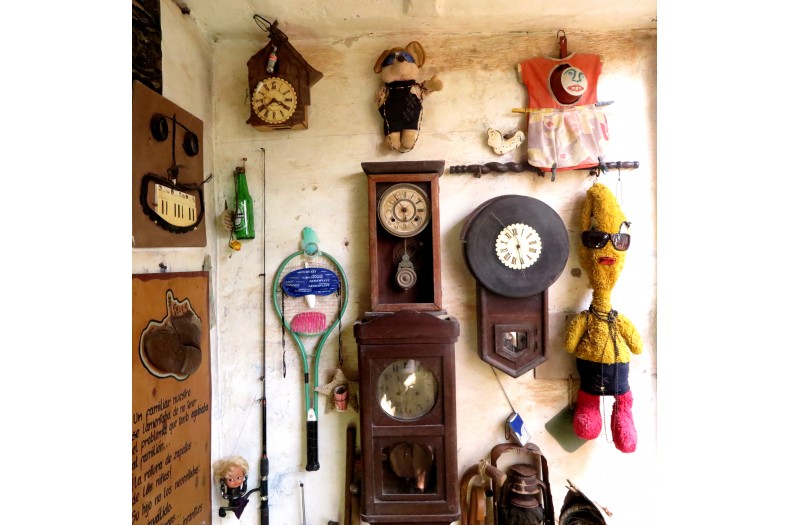
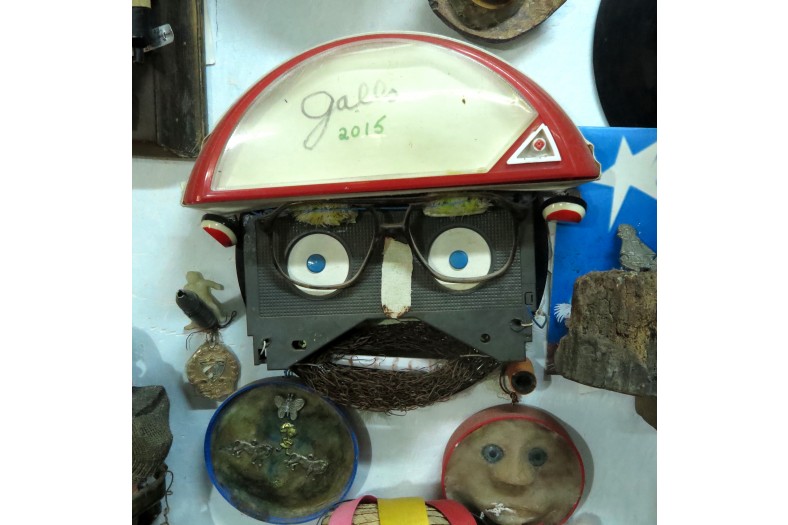
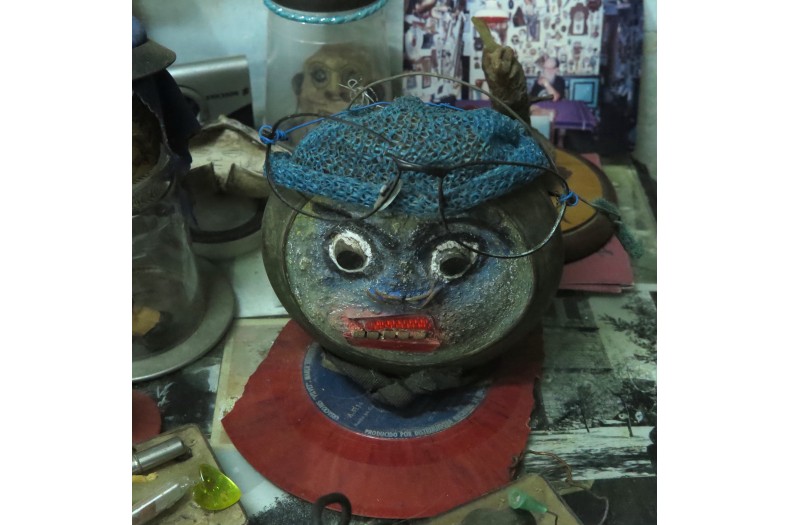
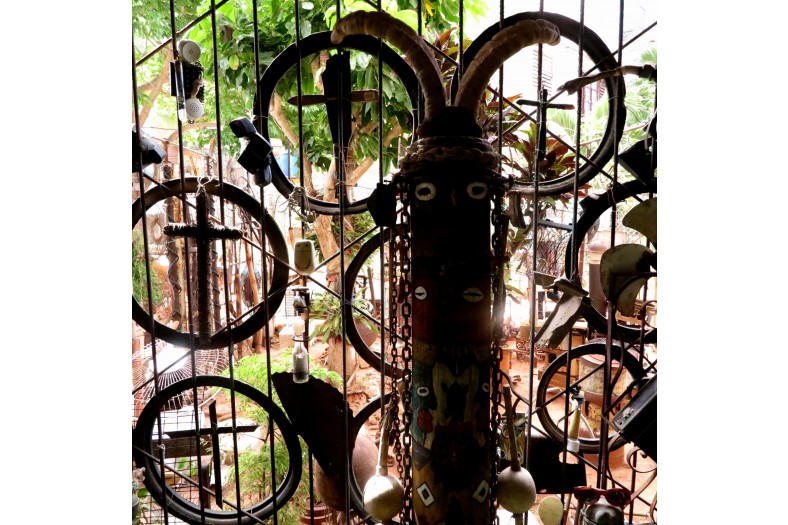

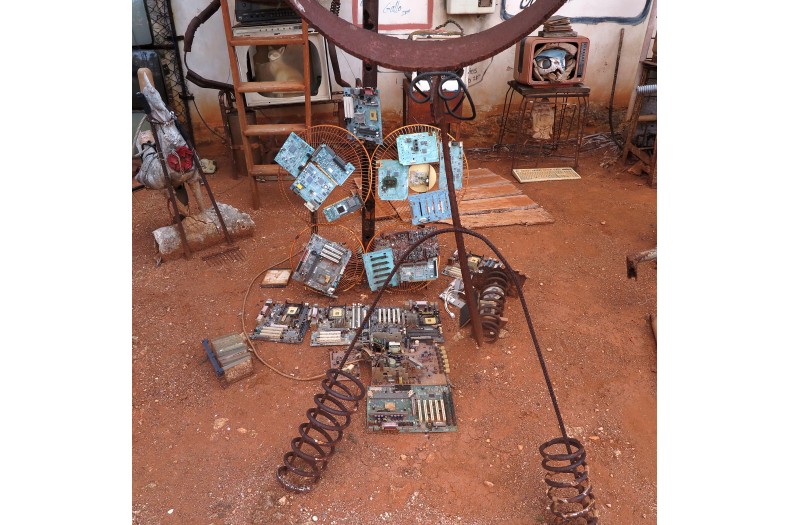
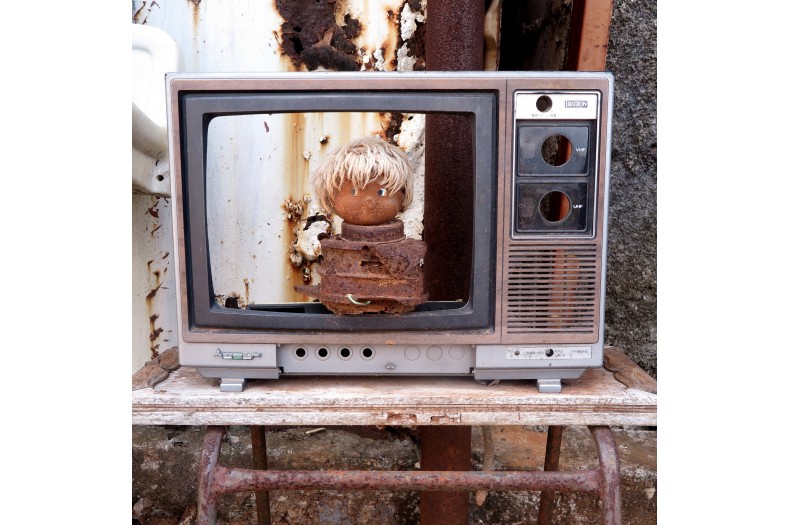
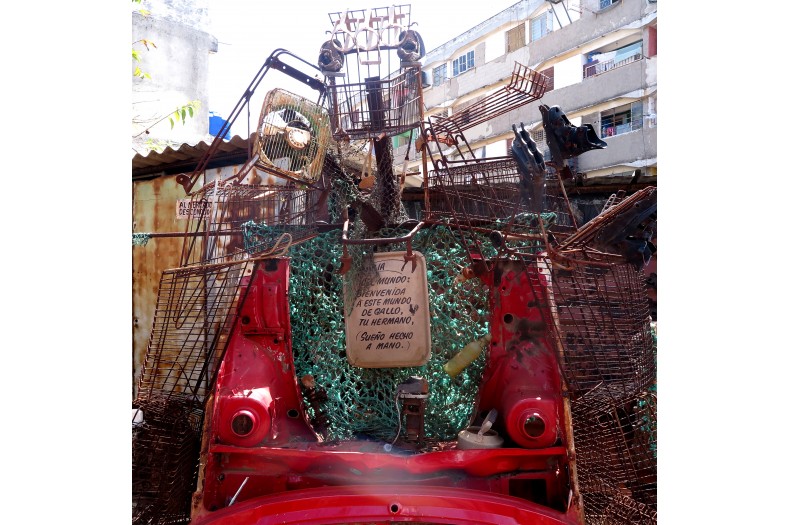
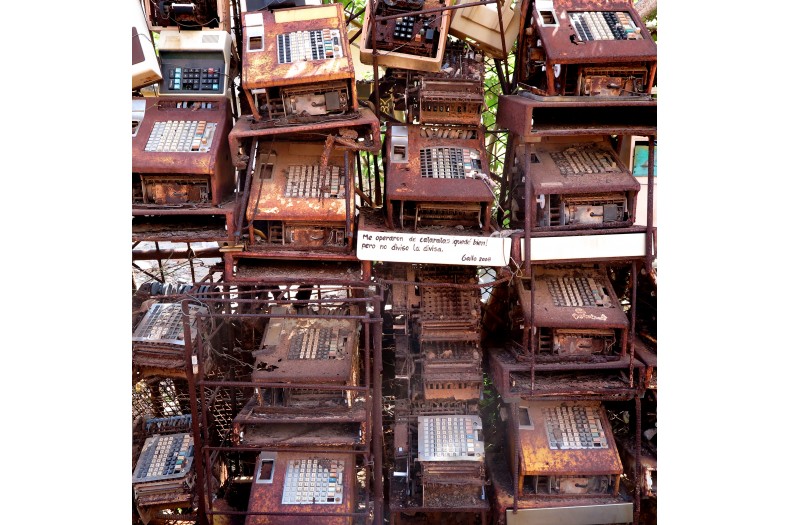
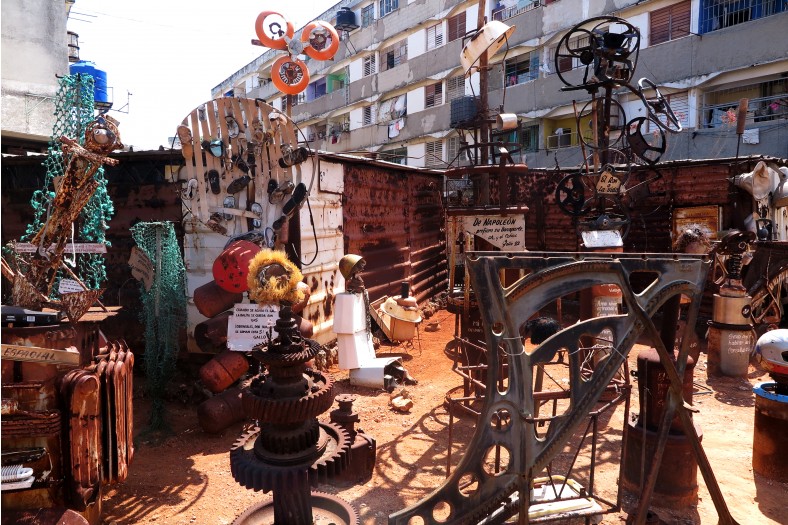
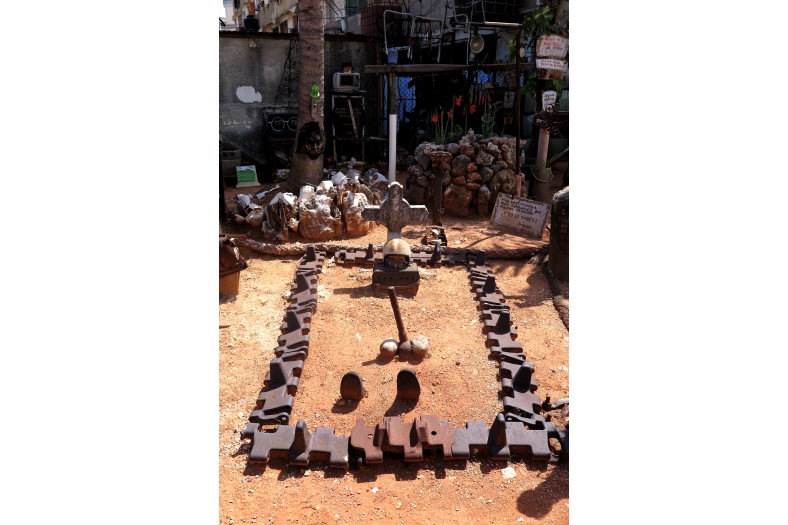
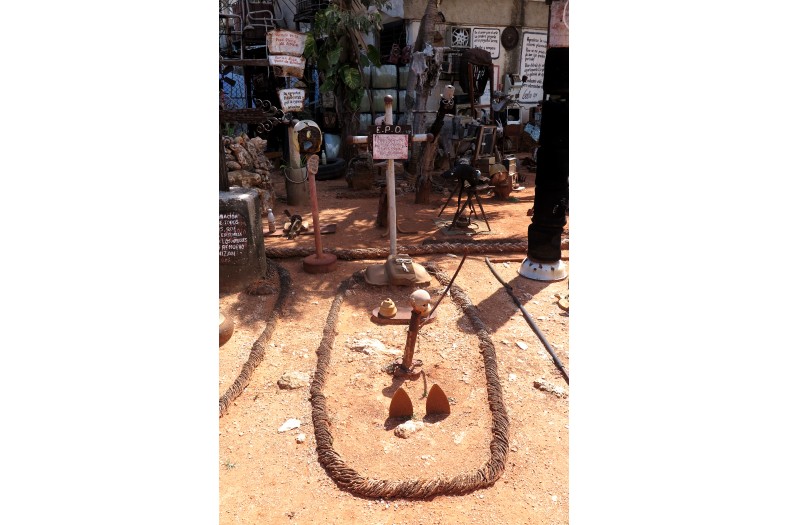
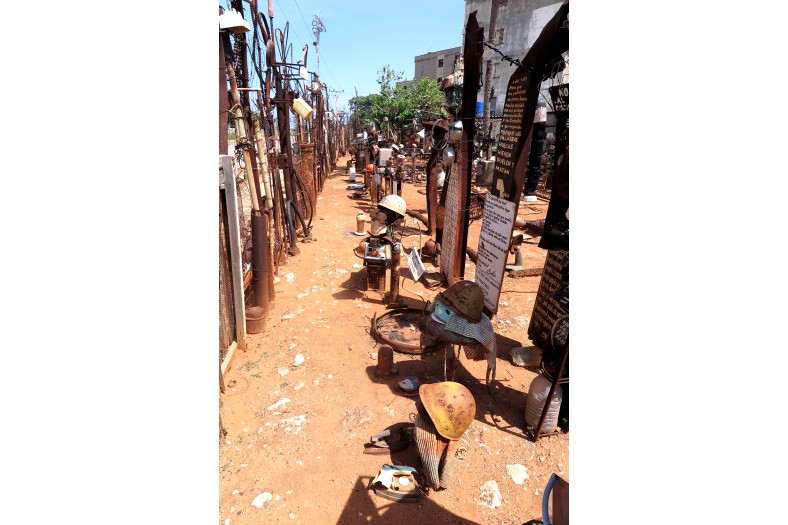
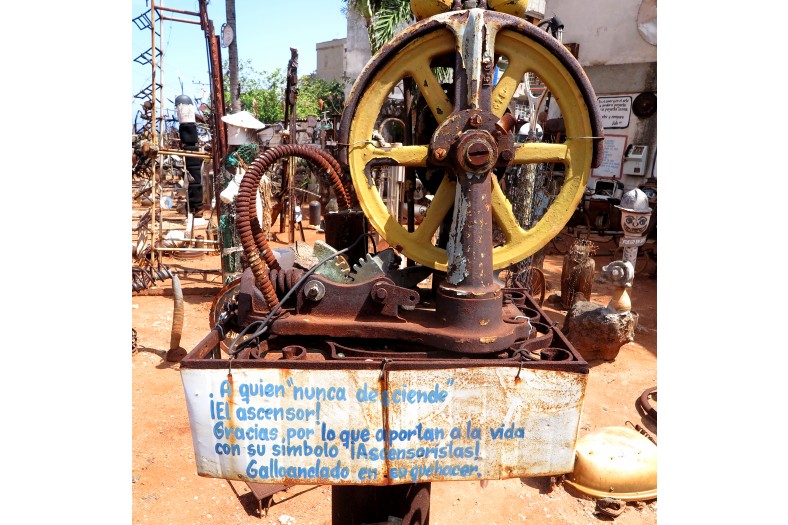
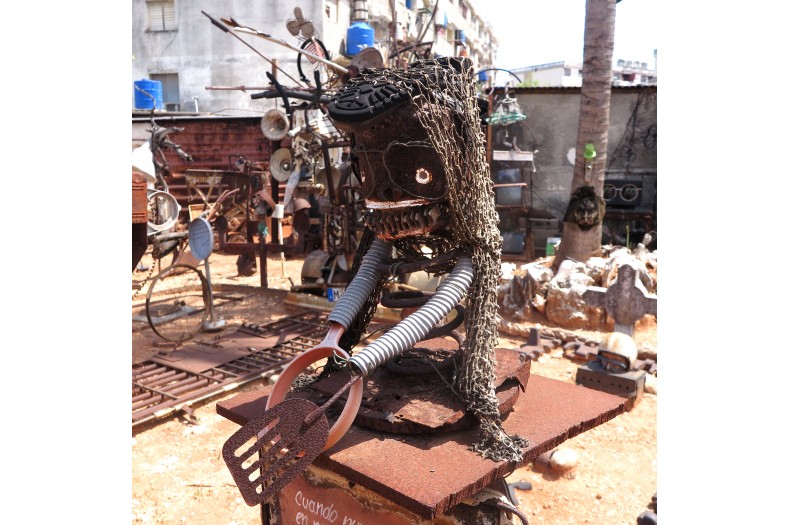
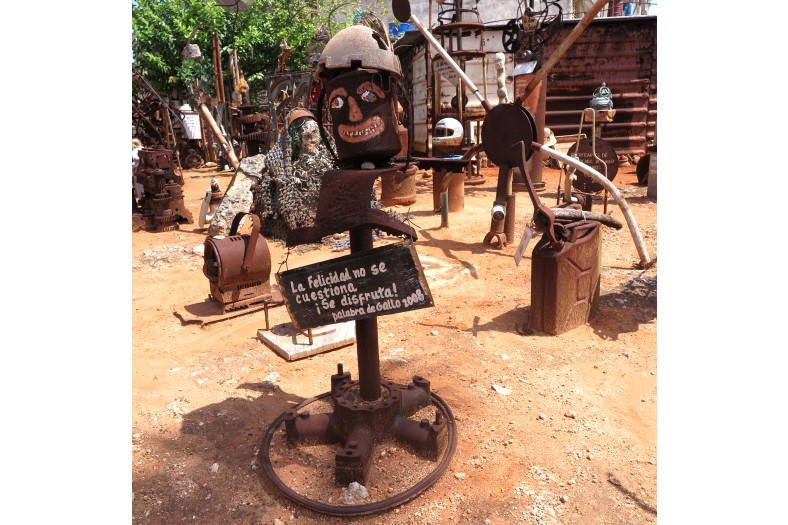
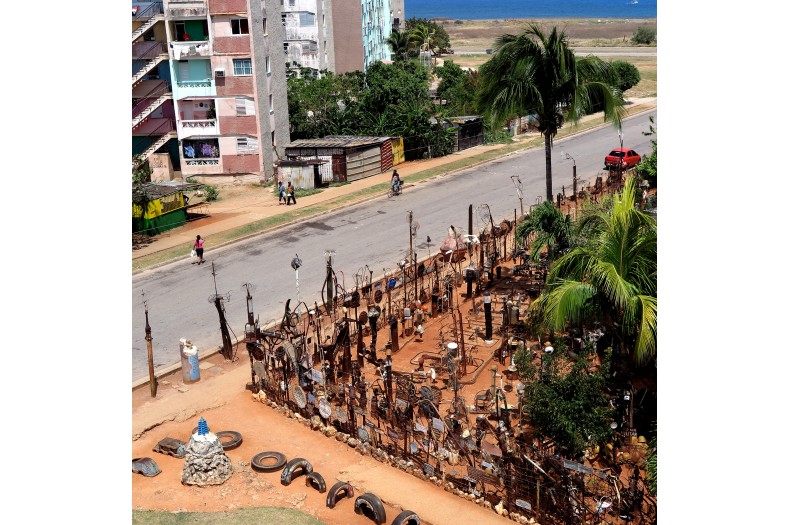
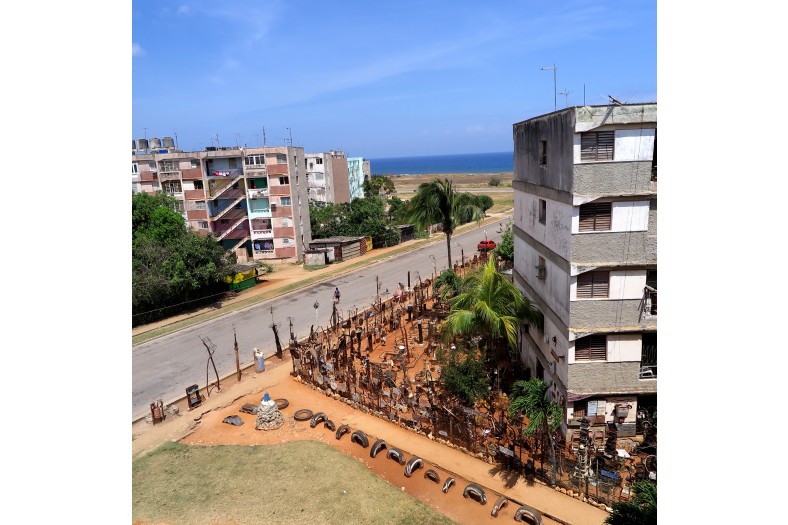
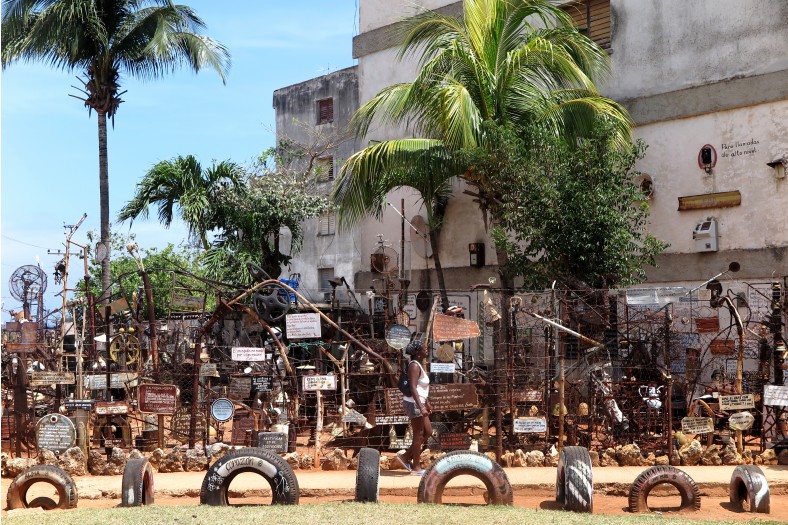
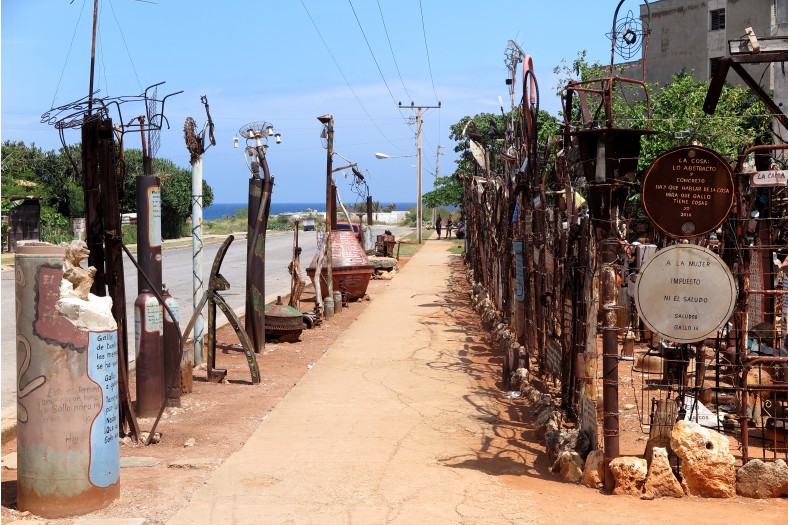
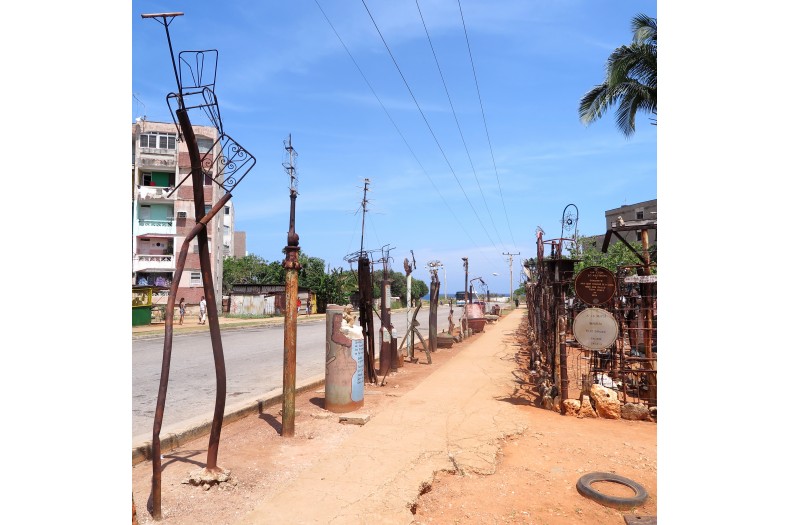

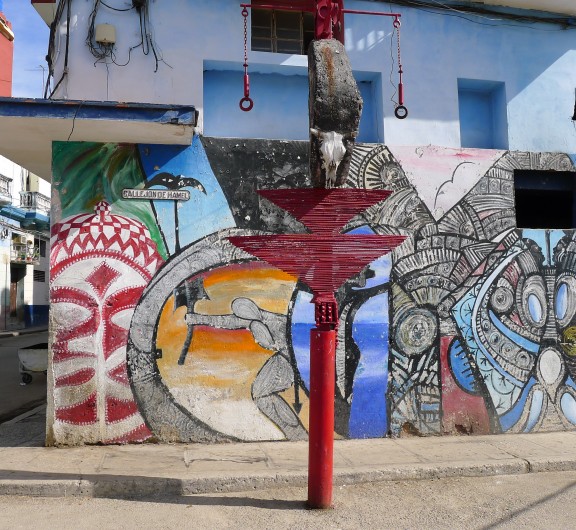
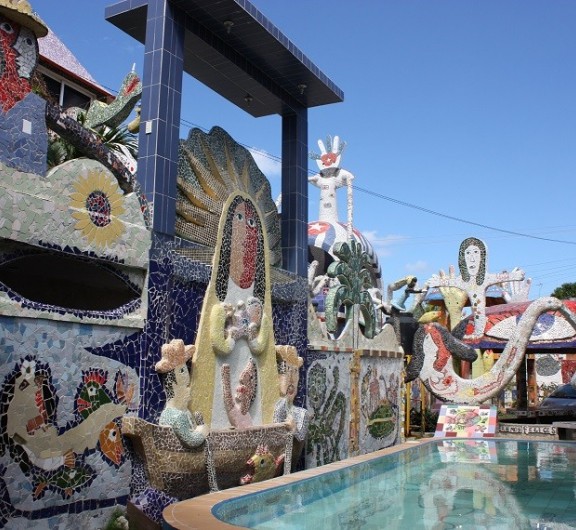
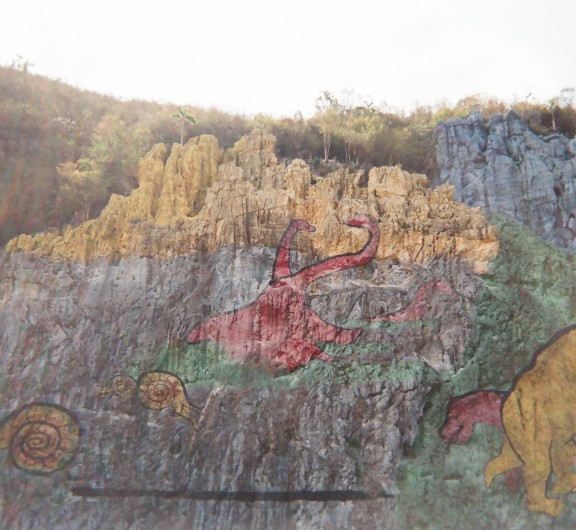
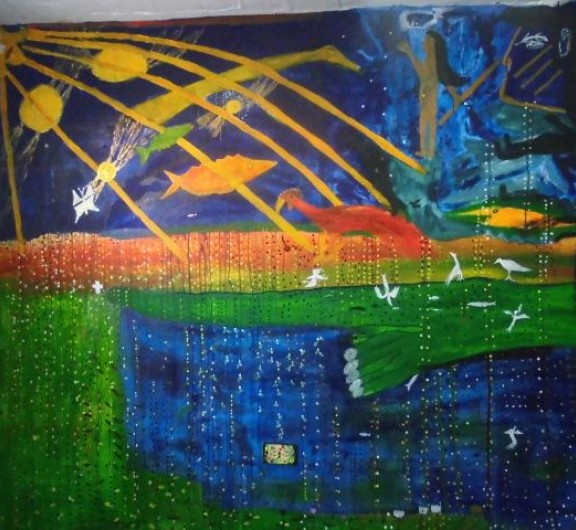
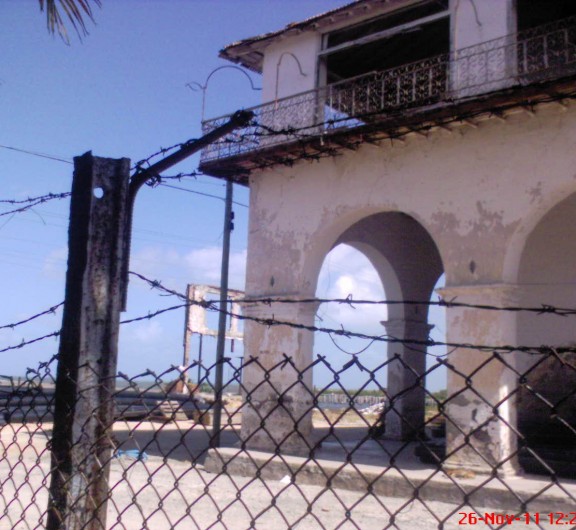

Post your comment
Comments
No one has commented on this page yet.